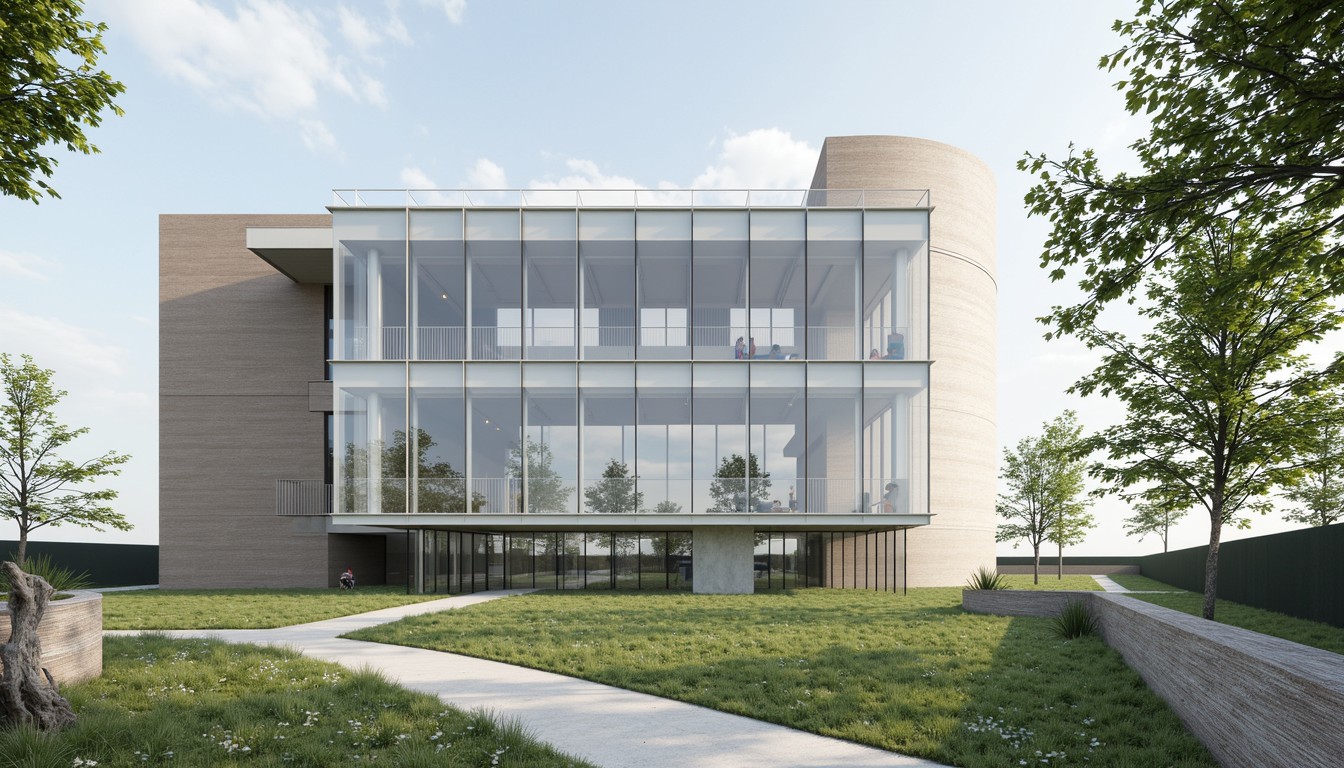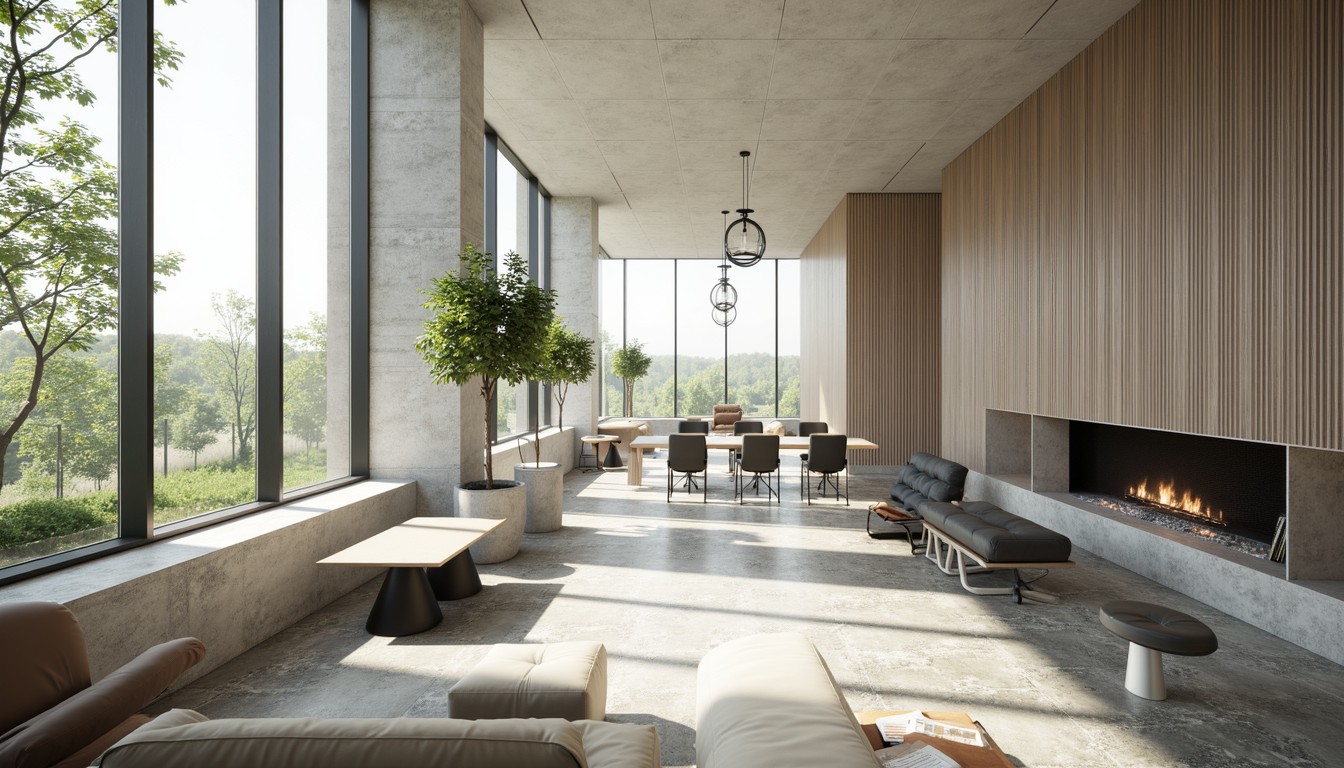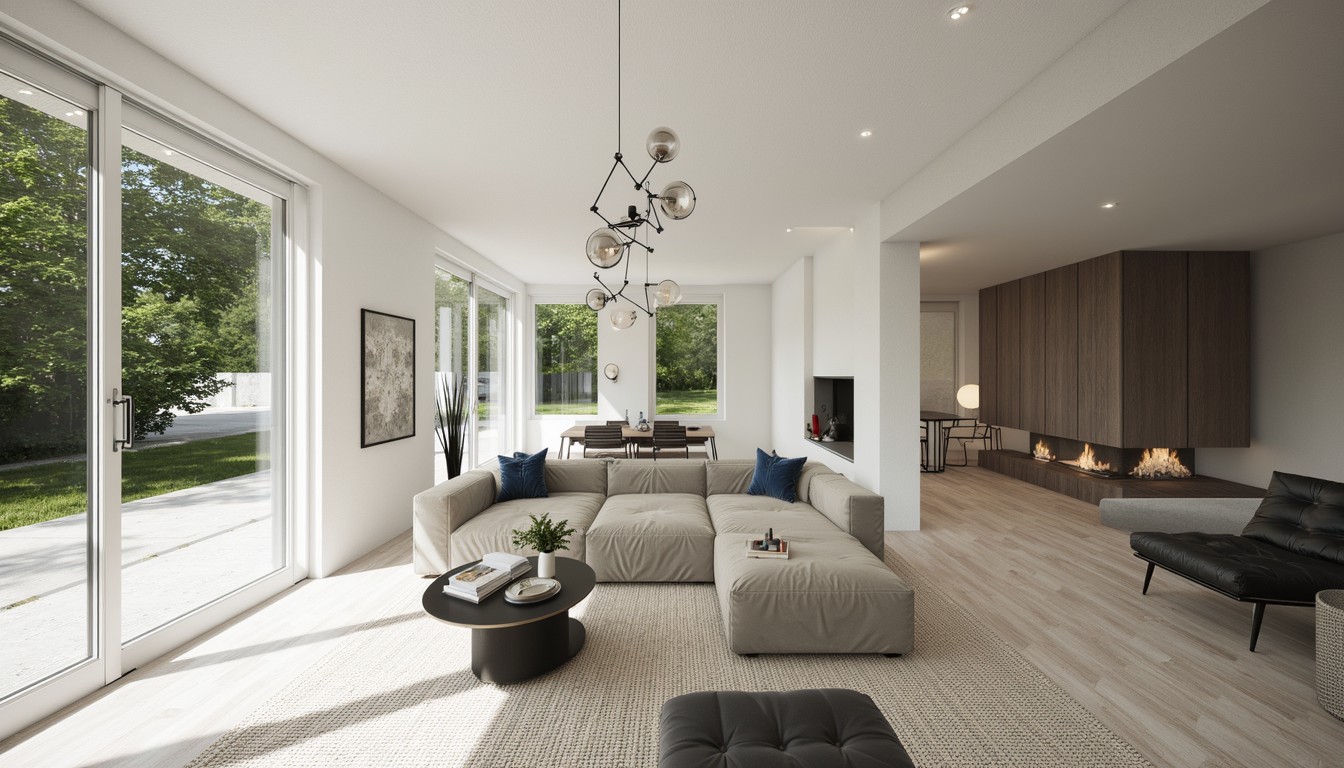Sustainable Architecture: Green Building Technologies & the Future
The built environment contributes significantly to global carbon emissions and resource depletion. However, a paradigm shift is underway, driven by a growing awareness of climate change and a demand for environmentally responsible design. Sustainable architecture, incorporating innovative green building technologies, is at the forefront of this revolution. This article explores the key technologies shaping the future of sustainable design and how they are being effectively implemented in modern projects.
Passive Design Strategies: The Foundation of Green Building

Before diving into advanced technologies, it's crucial to understand the importance of passive design strategies. These strategies focus on optimizing a building's relationship with its environment to minimize energy consumption. Key elements include:
- Optimal Site Selection and Orientation: Maximizing natural light and minimizing solar heat gain through careful site analysis and building orientation.
- Thermal Mass: Utilizing materials like concrete or stone to absorb and release heat slowly, regulating indoor temperatures.
- Natural Ventilation: Designing buildings to utilize natural airflow for cooling, reducing reliance on mechanical systems.
- Insulation and Air Sealing: Minimizing heat loss in winter and heat gain in summer through high-performance insulation and airtight construction.
ArchNav's architectural visualizations effectively demonstrate the impact of passive design strategies, showcasing how these seemingly simple choices can drastically reduce a building's environmental footprint.
Active Green Building Technologies: Enhancing Efficiency
Beyond passive design, active technologies play a crucial role in achieving high levels of sustainability. These technologies actively contribute to energy generation, water conservation, and waste reduction:
Renewable Energy Sources:
- Photovoltaic (PV) Panels: Generating clean electricity directly from sunlight, integrated seamlessly into building facades or rooftops.
- Solar Thermal Collectors: Harnessing solar energy to heat water for domestic use or space heating.
- Wind Turbines: Utilizing wind energy to generate electricity, particularly suitable for larger projects or areas with high wind speeds.
- Geothermal Energy: Utilizing the stable temperature of the earth to provide heating and cooling.
Water Conservation Technologies:
- Rainwater Harvesting: Collecting rainwater for non-potable uses like irrigation or toilet flushing.
- Greywater Recycling: Treating wastewater from showers and sinks for reuse in irrigation.
- Low-Flow Fixtures: Reducing water consumption through the use of efficient faucets, showers, and toilets.
Smart Building Technologies:
- Building Management Systems (BMS): Monitoring and controlling various building systems to optimize energy efficiency and occupant comfort.
- Smart Lighting Systems: Utilizing sensors and automation to optimize lighting levels based on occupancy and natural light availability.
ArchNav's expertise extends to visualizing these active technologies, showcasing their integration within the building design and highlighting their contributions to sustainability.
Sustainable Materials: Reducing Embodied Carbon
The embodied carbon associated with the manufacturing and transportation of building materials is a significant factor in a building's overall environmental impact. Sustainable architecture prioritizes the use of low-embodied carbon materials, including:
- Recycled and Reclaimed Materials: Reducing the demand for new resources and minimizing waste.
- Locally Sourced Materials: Reducing transportation emissions and supporting local economies.
- Bio-based Materials: Utilizing materials derived from renewable sources like bamboo, timber, and hemp.
- Sustainable Concrete: Incorporating recycled materials or using lower-carbon cement alternatives.
ArchNav's visualizations can effectively communicate the aesthetic appeal and environmental benefits of utilizing sustainable materials in building design.
Case Studies: Real-World Applications of Green Building Technologies

Numerous successful projects worldwide demonstrate the effectiveness of green building technologies. These projects serve as inspiring examples of how sustainable design can be successfully implemented on various scales.
(Insert examples of real-world projects with images here. This section should include specific details about the technologies used and the environmental benefits achieved.)
Conclusion: The Future of Sustainable Architecture
Sustainable architecture is not just a trend; it's a necessity. The integration of green building technologies is crucial for creating a built environment that is both environmentally responsible and aesthetically pleasing. ArchNav is committed to supporting this transition by providing high-quality architectural visualizations that showcase the beauty and efficiency of sustainable design. Our expertise in visualizing these innovative technologies allows architects and developers to effectively communicate the benefits of their projects to a wider audience, accelerating the adoption of sustainable practices and contributing to a greener future.
